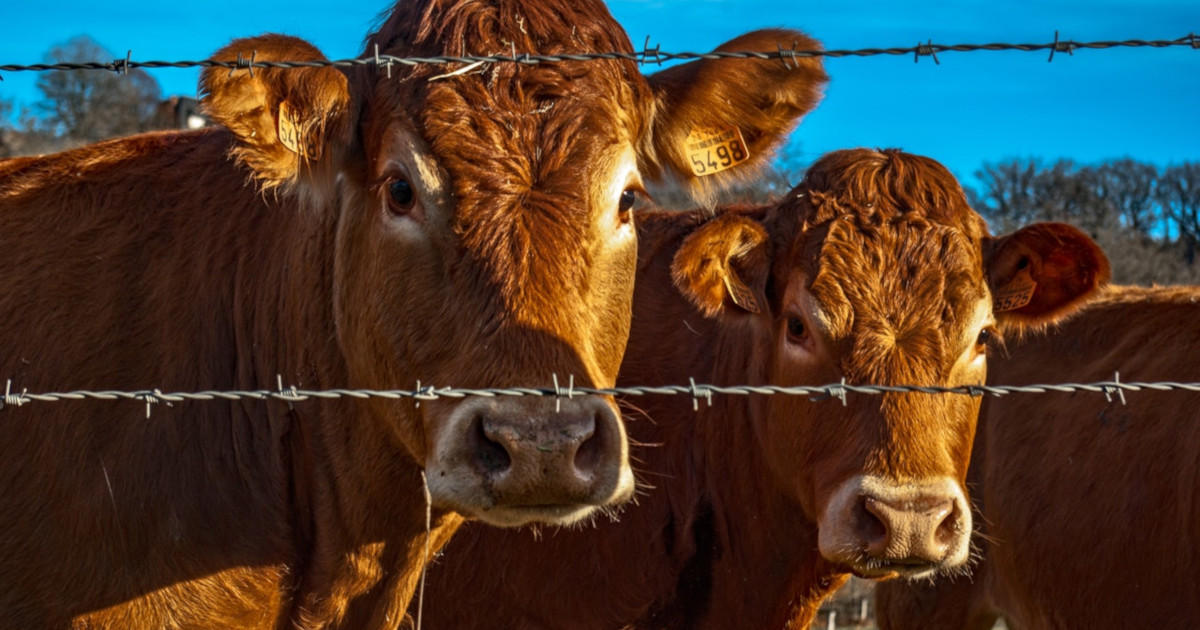
U.S. Pays Farmers Billions To Save The Soil. But It’s Blowing Away
Neil Shook was relaxing at home in Woodworth, N.D., on a Saturday afternoon just over a week ago.
"My wife was outside and she yelled at me to come outside and take a look at this," he recalls.
June 7, 2017 | Source: NPR | by Dan Charles
Neil Shook was relaxing at home in Woodworth, N.D., on a Saturday afternoon just over a week ago.
“My wife was outside and she yelled at me to come outside and take a look at this,” he recalls.
A massive brown cloud covered the horizon to the west. It was a dust storm — although Shook, who’s a scientist with the U.S. Fish and Wildlife Service, doesn’t like to call it dust. “I like to refer to it as soil, because that’s basically what it is,” he says. “We saw this huge soil cloud moving from west to east across the landscape.”
That soil cloud is a result of farming practices — and of government policies.
Soil has been blowing away from the Great Plains ever since farmers first plowed up the prairie. It reached crisis levels during the Dust Bowl of the 1930s, when windblown soil turned day into night.
In recent years, dust storms have returned, driven mainly by drought. But Shook — and others — say farmers are making the problem worse by taking land where grass used to grow and plowing it up, exposing vulnerable soil.
